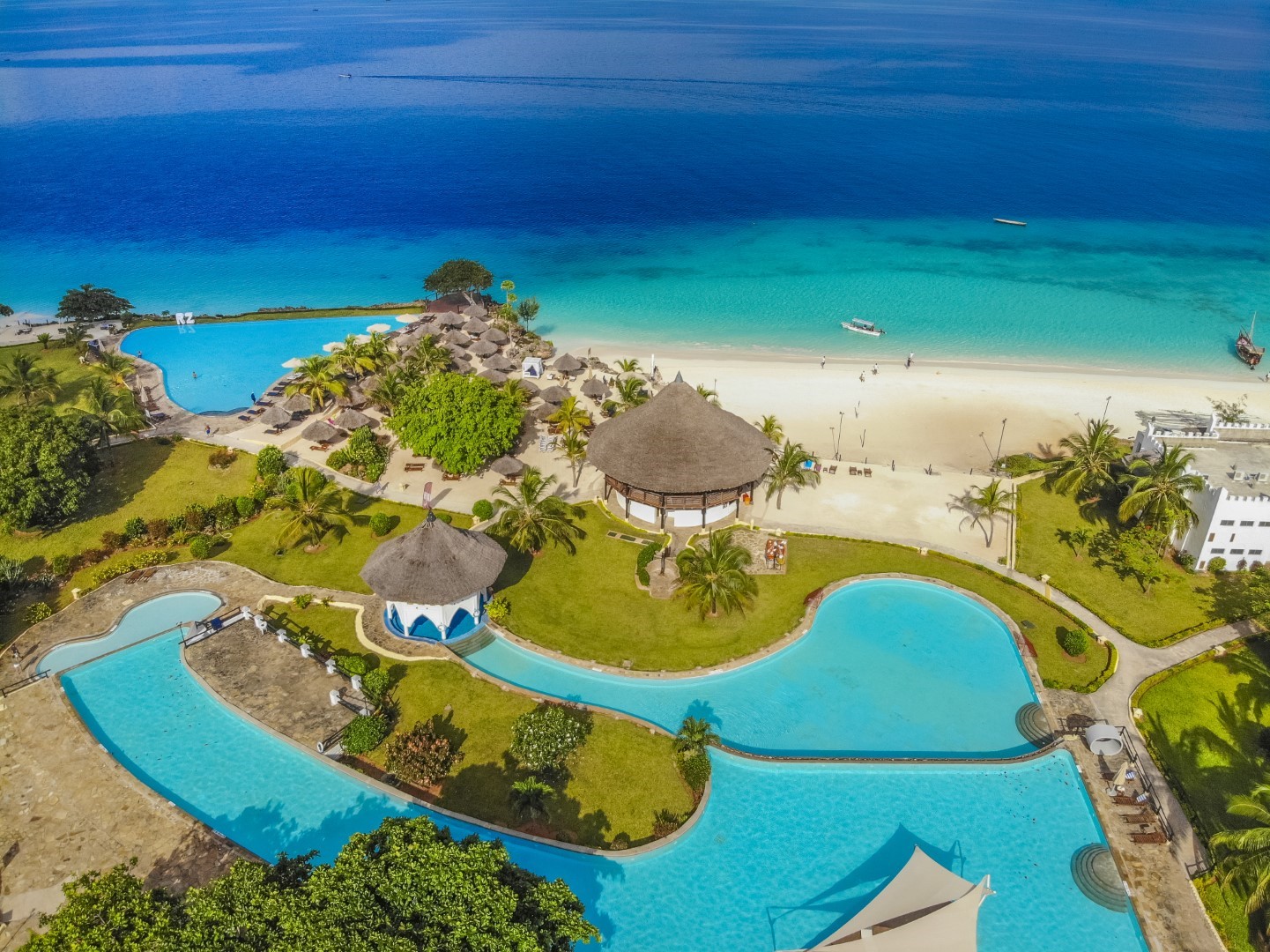while Zanzibar is known for being flat and sand-strewn, neighboring Pemba Island is the land of cloves and mangoes and hillocks lush with fruit and spice trees. Traditional dhows lie scattered across most of the coastline and fishing is a large part of Pemba’s culture.
Like many of the islands in the archipelago, Pemba’s culture has been influenced by Arab traders from Oman and the original inhabitants who have lived on the island for centuries. Well-preserved ruins can be found on Pemba such as Qanbalu (a Muslim settlement from as early as the eighth century), while remnants of old voodoo rituals are practiced by the traditional witchdoctors who call the island home.
Pemba has long been known as the ‘Green Island’ thanks to its fertile soil that produces crops such as coconut, bananas, and cassava. The island is surrounded with warm, sub-tropical waters renowned for some of the best diving and snorkelling in the whole archipelago because of its steep drop-offs, undisturbed marine life, and colourful coral reefs. Pemba Island offers a more authentic island experience with a tourism industry not as developed as Zanzibar’s, perfect for those wanting to capture the untapped nature of the archipelago.
Highlights
- A more authentic experience of Zanzibar away from the tourism-developed Stone Town
- The best snorkelling on the Zanzibar Archipelago—all year round
- Ruins of the oldest known Muslim settlement in Africa are well-preserved
- Some of the beaches on the island are devoid of any hotels and resorts whatsoever, making it completely peaceful
- The Ngezi forest is great for short and long walks
